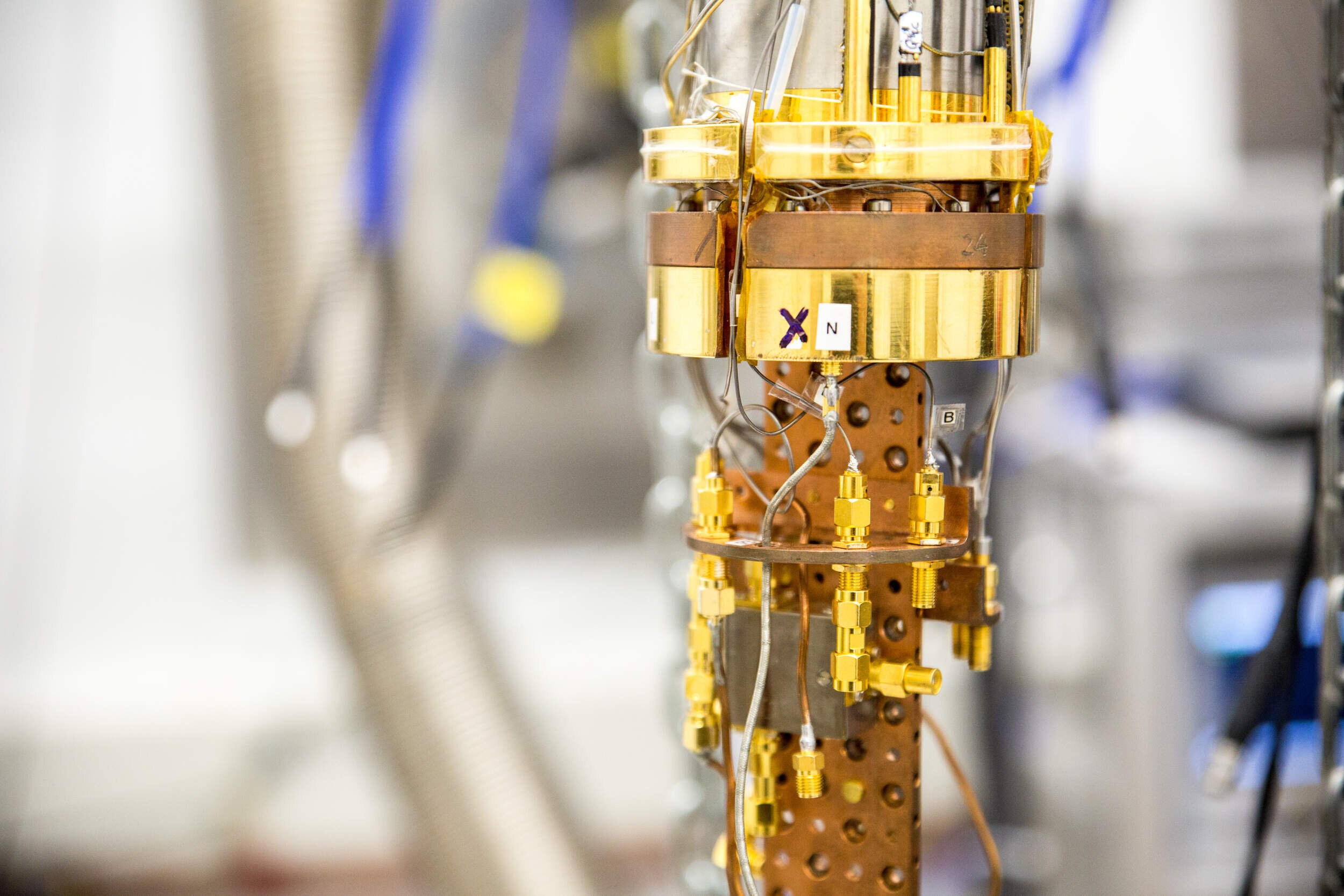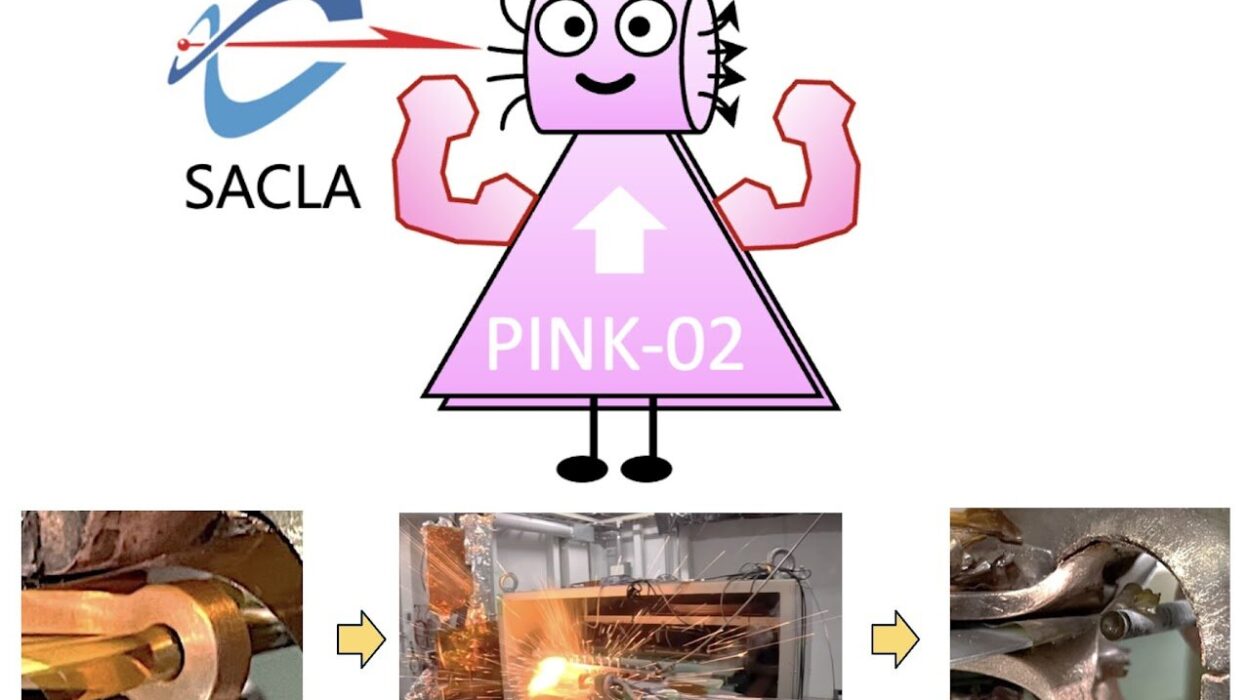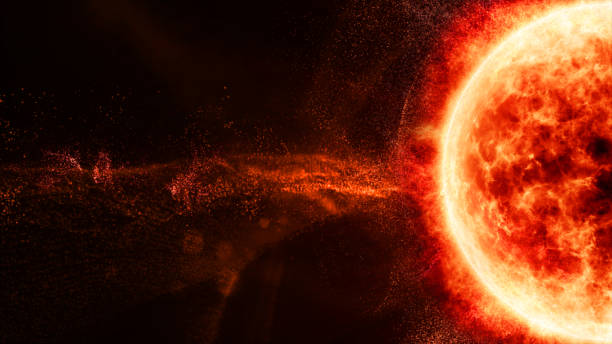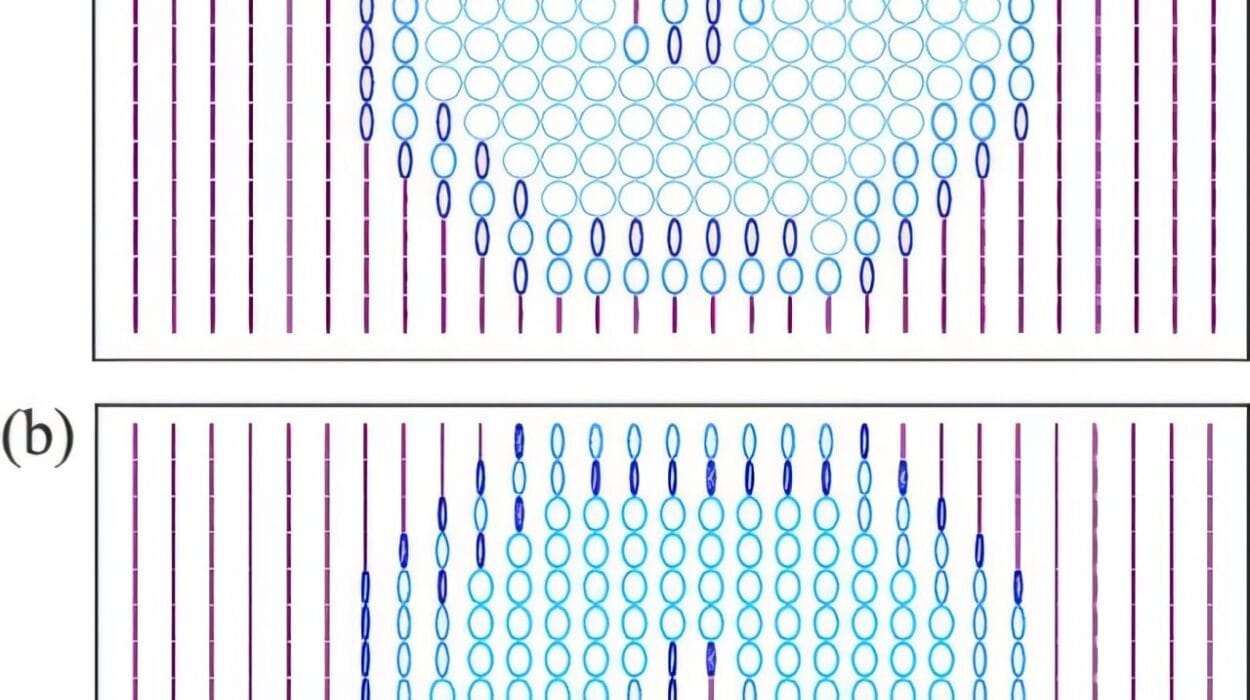Crystals have always fascinated the human imagination. Their geometric perfection, shimmering colors, and elegant order arise from the precise arrangement of atoms repeating in space. But what if something could repeat not in space—but in time?
That was the breathtaking idea proposed by Nobel Laureate Frank Wilczek in 2012. He envisioned a strange new state of matter called a time crystal—a system whose lowest-energy state moves in perpetual rhythm, forever oscillating without consuming energy or winding down. In essence, a time crystal would be a kind of perpetual motion machine, but one allowed by the laws of quantum physics.
For years, this concept hovered between science and imagination—beautiful, elegant, but seemingly untouchable. Then, in 2016, physicists succeeded in creating the first experimental time crystals. The discovery stunned the world of physics. Now, nearly a decade later, a team of researchers at Aalto University in Finland has taken the next bold step: they have successfully connected a time crystal to another physical system—something that was previously thought impossible.
The Challenge of Touching the Untouchable
In the quantum world, even observation can be a disturbance. When scientists measure or interact with a quantum system, they inject energy, collapsing its delicate state. Time crystals exist only when perfectly isolated—free from external interference that could destroy their timeless motion.
That’s why no one had ever connected a time crystal to an external system before. To do so seemed to violate the very principle that allowed the crystal to exist.
But Jere Mäkinen and his colleagues at Aalto University found a way. In their study, published in Nature Communications, they describe how they created a quantum bridge between a time crystal and a mechanical oscillator—essentially allowing the crystal to communicate with another physical system while maintaining its own rhythm.
This breakthrough could fundamentally change how scientists design quantum technologies, opening new pathways to extraordinarily precise sensors and far more powerful quantum computers.
Creating a Time Crystal from Quantum Ripples
The researchers began with an ultracold setup: a helium-3 superfluid chilled to just a fraction of a degree above absolute zero. Within this strange, frictionless fluid, they generated quasiparticles known as magnons—collective excitations of atomic spins that behave like individual particles.
Using carefully tuned radio waves, they pumped magnons into the helium superfluid until the system reached the right conditions. Then, they turned off the pump—and something remarkable happened.
The magnons self-organized into a time crystal, oscillating rhythmically on their own for an astonishingly long period—lasting over 100 cycles, or several minutes—before gradually fading beyond detection. This persistent motion, sustained without external energy, was a vivid demonstration of the time crystal’s defining feature: perpetual oscillation in its lowest energy state.
Connecting the Time Crystal to the Outside World
But what truly sets this experiment apart is what happened next. As the time crystal began to fade, it linked itself to a nearby mechanical oscillator—a tiny vibrating system whose motion could be precisely measured.
The connection between the two systems wasn’t random. It depended on the oscillator’s frequency and amplitude, meaning the crystal was responding to the rhythm of its partner. In effect, the two systems became synchronized, their behaviors intertwined in a dance of quantum mechanics and classical physics.
Mäkinen explains that this interaction mirrors well-known optomechanical phenomena—the same kind of physics that allows the Laser Interferometer Gravitational-Wave Observatory (LIGO) to detect faint ripples in spacetime caused by colliding black holes. The resemblance isn’t superficial: both systems rely on detecting incredibly subtle shifts in frequency and energy.
A New Kind of Quantum Connection
The implications of this are profound. By coupling a time crystal to another system, scientists have opened the door to manipulating its properties—and possibly using it as a building block for future technologies.
“We showed, for the first time, that you can adjust the crystal’s properties using this method,” Mäkinen said. “That means time crystals don’t have to remain isolated curiosities—they can become functional components.”
This control could lead to quantum sensors capable of detecting unimaginably small changes in motion or energy, or quantum memory systems that store information far more reliably than current technologies.
Why Time Crystals Matter for Quantum Computing
Quantum computers rely on the fragile dance of subatomic particles to process information. The problem is, those dances rarely last long. Quantum states decay quickly—a phenomenon known as decoherence—limiting how much computation can be done before the system loses its quantum nature.
Time crystals could change that equation. Because their oscillations persist for so long, they could serve as stable quantum memory units—storing quantum information in a rhythm that endures far longer than current systems allow.
“Time crystals last for orders of magnitude longer than the quantum systems currently used in quantum computing,” Mäkinen explains. “In the best-case scenario, they could power memory systems that significantly improve quantum computers.”
In addition to computing, time crystals could also act as frequency combs—precise reference points used in ultra-sensitive measurement devices such as atomic clocks, gravitational wave detectors, and spectroscopy instruments.
The Physics Behind the Miracle
At first glance, perpetual motion seems impossible. After all, thermodynamics tells us that energy always dissipates, systems always decay, and motion must eventually stop. But in the quantum realm, the rules bend in fascinating ways.
A time crystal doesn’t violate the laws of physics—it simply finds a loophole within them. It achieves continuous motion not by consuming energy, but by existing in a state that repeats itself naturally in time, just as a crystal repeats its structure in space.
Imagine a pendulum that swings forever—not because it defies gravity, but because it never loses energy to friction or resistance. That’s the quantum miracle of a time crystal.
A Window into the Quantum World
The experiment also deepens our understanding of quantum coherence—the mysterious state in which particles behave as if they are part of a single, unified system. In connecting the time crystal to a mechanical oscillator, the Aalto team essentially created a hybrid quantum-classical system.
This connection allows physicists to study how quantum effects influence macroscopic systems, bridging the gap between the microscopic world of atoms and the tangible realm of human-scale physics. It is a step toward a future where quantum technologies can be directly harnessed in everyday devices.
The Road Ahead
There is still much to learn about time crystals. How stable can they be made? How can they be scaled up? What new physics will emerge as scientists continue to manipulate them?
The answers could reshape technology, from quantum communication networks that transfer information instantaneously to sensors that can detect gravitational waves, dark matter, or even seismic tremors with unprecedented precision.
And beyond technology, time crystals challenge our very conception of reality. They remind us that time, which we experience as an unstoppable flow, may not be as rigid or linear as it seems. In the quantum world, time can shimmer, repeat, and dance—just like light refracting through a crystal.
A Symphony That Never Ends
The connection achieved by Aalto University physicists marks a turning point in the story of time crystals. For the first time, something that was thought to exist only in isolation has reached out and interacted with the world beyond itself.
It is a delicate whisper from the quantum realm—a message that the boundaries between time and space, motion and stillness, are far more fluid than we once believed.
In that whisper lies a promise: that one day, humanity might learn not just to observe the rhythms of the universe, but to join them—to build machines that hum with the same eternal pulse that drives the cosmos itself.
The discovery of time crystals was once the stuff of theory and imagination. Today, it is becoming a reality—and with every experiment, we move closer to understanding the ultimate symmetry of nature: the music of time, playing forever.
More information: Jere Mäkinen et al, Continuous time crystal coupled to a mechanical mode as a cavity-optomechanics-like platform, Nature Communications (2025). DOI: 10.1038/s41467-025-64673-8. www.nature.com/articles/s41467-025-64673-8






